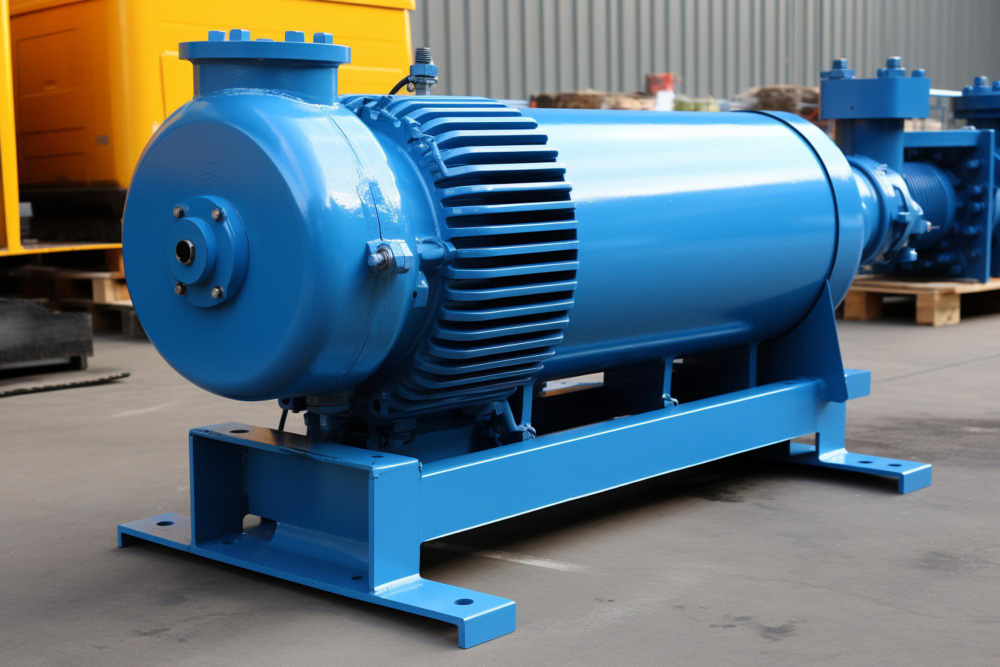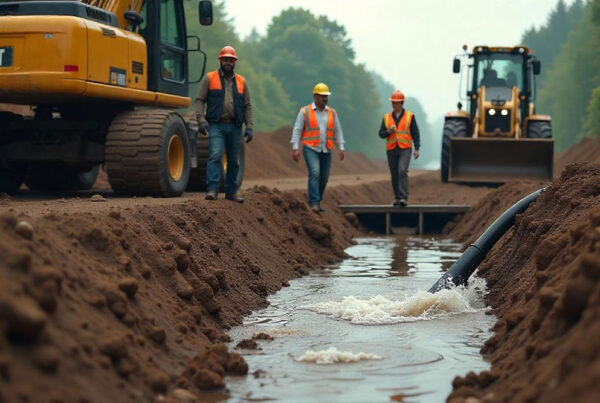Dewatering pumps are essential tools in construction, mining, and environmental projects, where managing water levels is critical. Selecting the right dewatering pump can significantly impact the efficiency and success of water removal operations. This article explores the key factors to consider when choosing dewatering pumps to ensure effective and efficient water management.
Understanding Dewatering Pumps
Dewatering pumps are used to remove unwanted water from construction sites, mines, and other areas where water accumulation can pose problems. These pumps help lower the water table and keep work areas dry, enabling safe and efficient progress on projects. There are various types of dewatering pumps, each suited to specific applications and water removal needs.
Types of Dewatering Pumps
1. Centrifugal Pumps
Centrifugal pumps are commonly used for dewatering applications. They operate by converting rotational kinetic energy into hydrodynamic energy to move water. These pumps are ideal for handling large volumes of water with low solid content and are typically used in construction sites, flood control, and general dewatering tasks.
2. Submersible Pumps
Submersible pumps are designed to operate while fully submerged in water. They are highly effective for deep well dewatering and can handle a variety of water types, including those with high solid content. These pumps are widely used in mining, construction, and industrial applications where deep water removal is necessary.
3. Diaphragm Pumps
Diaphragm pumps use a flexible diaphragm to move water, making them suitable for handling water with high solid content and debris. They are particularly effective in areas with muddy or sandy conditions and are commonly used in construction sites and for groundwater control.
4. Trash Pumps
Trash pumps are designed to handle water with large amounts of debris and solids. They are robust and durable, making them ideal for challenging environments such as construction sites, agriculture, and flood management. These pumps can efficiently move large volumes of water containing rocks, leaves, and other debris.
Factors to Consider When Choosing Dewatering Pumps
1. Water Volume and Type
Consider the volume of water that needs to be removed and the type of water present. High-volume pumps like centrifugal and trash pumps are suitable for large-scale dewatering, while submersible pumps are better for deep water removal. Additionally, the presence of solids and debris in the water will influence the type of pump needed.
2. Site Conditions
The specific conditions of the site, including the depth of water, soil type, and potential for debris, should be evaluated. Submersible pumps are ideal for deep water conditions, while diaphragm pumps are effective in muddy or sandy environments. Understanding site conditions helps in selecting the most suitable pump for efficient dewatering.
3. Pump Capacity and Efficiency
The capacity of the pump, measured in gallons per minute (GPM), is a critical factor. Choose a pump with a capacity that matches the dewatering requirements of the project. Additionally, consider the efficiency of the pump to ensure it can operate continuously without frequent maintenance or downtime.
4. Durability and Maintenance
Dewatering pumps should be durable and capable of withstanding harsh conditions. Look for pumps made from high-quality materials that offer resistance to corrosion and wear. Additionally, consider the ease of maintenance and availability of replacement parts to ensure long-term reliability and performance.
Conclusion
Choosing the right dewatering pump is crucial for efficient water removal and the success of construction, mining, and environmental projects. By considering factors such as water volume and type, site conditions, pump capacity, and durability, project managers can select the most suitable pump for their needs. Effective dewatering not only ensures the safety and progress of projects but also contributes to overall cost savings and operational efficiency.






